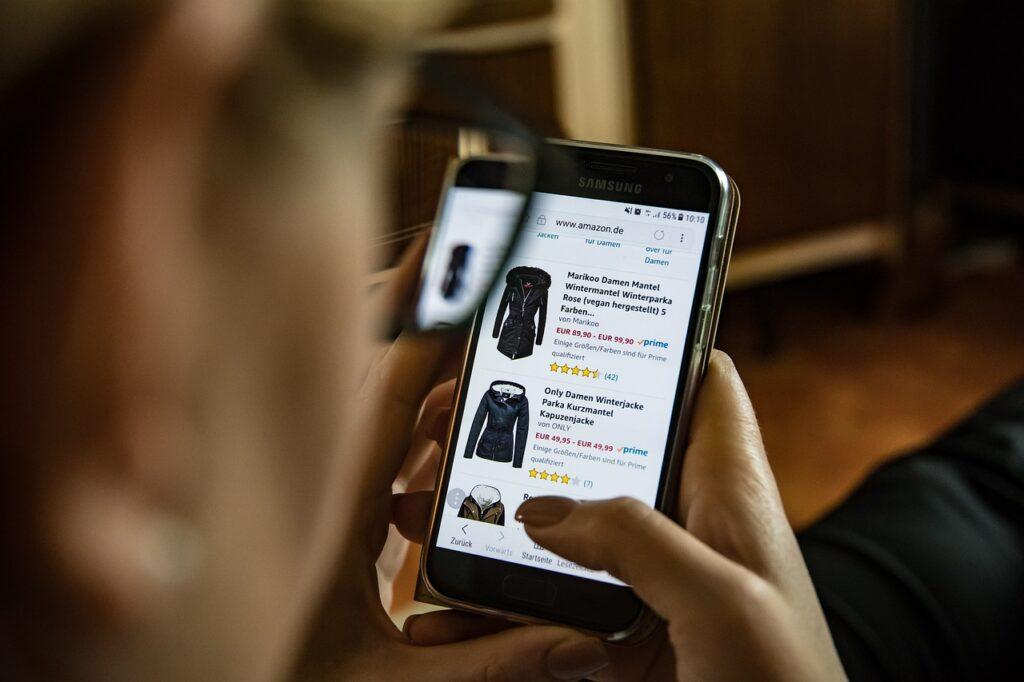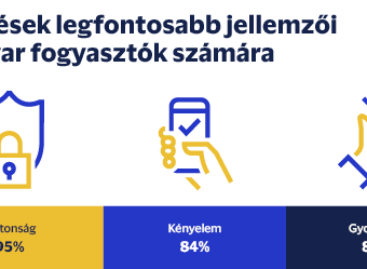Consumers continue to blend in-store, online shopping methods
Nearly three-quarters of U.S. consumers are embracing the omnichannel shopping journey.

Seventy-three percent of consumers blend online research, physical store visits and options such as buy-online-pickup-in-store or in-store returns before making purchase decisions, according to a new study from ShipStation and Retail Economics. The report noted that a “staggering” $448 billion in online sales across the United States and Canada are dependent on these physical touchpoints, accounting for 41% of total online sales in these regions.
“Seamless integration across all these touchpoints – alongside an on-time, right-price product delivery – is no longer optional, but essential for survival,” said Al Ko, CEO of Auctane, parent company of ShipStation.
In other findings, social media and AI are becoming crucial in the shopper journey. A quarter of surveyed U.S. consumers were also open to using AI-powered chatbots to research products before making a purchase. Globally, consumers aged 45 and under are nearly four times more likely to report researching products on social media compared to older generations.
Chain Store Age
Related news
How to avoid the hassles of online shopping?
🎧 Hallgasd a cikket: Lejátszás Szünet Folytatás Leállítás Nyelv: Auto…
Read more >Record-breaking Black Friday in online orders
🎧 Hallgasd a cikket: Lejátszás Szünet Folytatás Leállítás Nyelv: Auto…
Read more >Security remains the most important factor in online shopping
🎧 Hallgasd a cikket: Lejátszás Szünet Folytatás Leállítás Nyelv: Auto…
Read more >Related news
The fruit and vegetable sector needs improvement
🎧 Hallgasd a cikket: Lejátszás Szünet Folytatás Leállítás Nyelv: Auto…
Read more >Rapid changes, adaptive path
🎧 Hallgasd a cikket: Lejátszás Szünet Folytatás Leállítás Nyelv: Auto…
Read more >Business Days elective course: a weekend programme establishing a new tradition
🎧 Hallgasd a cikket: Lejátszás Szünet Folytatás Leállítás Nyelv: Auto…
Read more >






